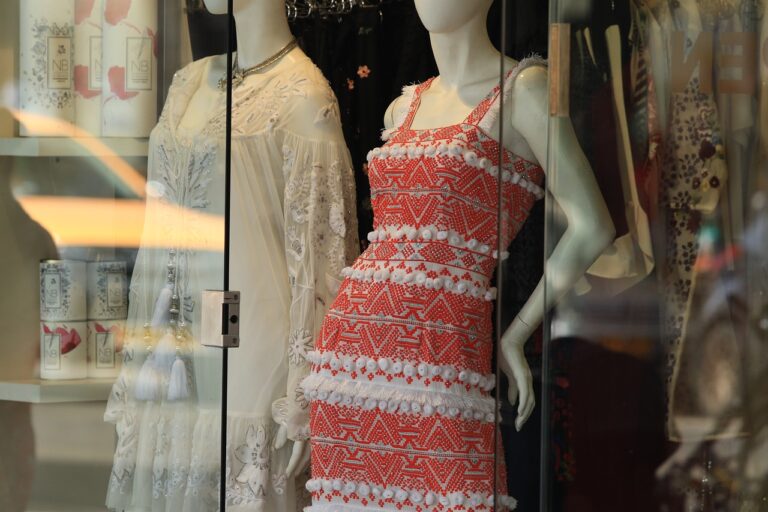The Psychology of Retail Therapy: Can Shopping Really Make You Happier?
Exploring the emotional benefits of shopping reveals how individuals often turn to retail therapy to uplift their mood and alleviate stress. The act of browsing through products and making purchases can provide a sense of control and empowerment, offering a temporary escape from everyday worries. This psychological boost is crucial in enhancing one’s well-being and fostering a positive outlook on life.
Furthermore, shopping has been linked to the release of endorphins in the brain, which are neurotransmitters associated with feelings of pleasure and satisfaction. This natural chemical response explains why people often feel a sense of happiness and contentment after a successful shopping trip. Understanding this connection between shopping and emotional well-being sheds light on the therapeutic role that retail therapy can play in improving mental health and overall happiness.
Understanding the Relationship Between Mood and Spending Habits
Research has shown that our mood can significantly influence our spending habits. When we are feeling happy, we tend to be more inclined to make impulse purchases and indulge in retail therapy. On the other hand, feelings of stress or sadness can lead us to seek comfort through shopping, often resulting in making purchases we wouldn’t have made otherwise.
Our emotional state plays a crucial role in determining how we perceive value when making purchasing decisions. When we are in a positive mood, we are more likely to focus on the emotional benefits of a purchase rather than the practical aspects. This can lead us to prioritize immediate gratification over long-term considerations, influencing our spending patterns accordingly.
The Role of Dopamine in the Pleasure of Purchasing
Dopamine, a neurotransmitter often associated with feelings of reward and pleasure, plays a crucial role in the pleasure derived from making purchases. When individuals engage in shopping and make a purchase, the brain releases dopamine, creating a sense of enjoyment and satisfaction. This chemical reaction reinforces the behavior, making shopping a pleasurable experience that individuals may seek out to boost their mood.
Moreover, dopamine also contributes to the anticipation and excitement associated with purchasing. Research suggests that the release of dopamine begins when individuals start contemplating making a purchase, not just when the transaction is completed. This anticipation can create a sense of motivation and eagerness, driving individuals to shop and make purchases in pursuit of that pleasurable dopamine release. As a result, the role of dopamine in the pleasure of purchasing highlights the complex interplay between brain chemistry and consumer behavior.
• Dopamine plays a crucial role in the pleasure derived from making purchases
• The release of dopamine creates a sense of enjoyment and satisfaction
• This chemical reaction reinforces shopping behavior as a pleasurable experience
• Dopamine contributes to the anticipation and excitement associated with purchasing
• Research suggests that dopamine release begins when individuals start contemplating making a purchase
What is retail therapy?
Retail therapy is the act of shopping to improve one’s mood or emotional state.
How does shopping affect our emotions?
Shopping can release dopamine in our brains, which can create feelings of pleasure and satisfaction.
What is the relationship between mood and spending habits?
Our mood can greatly influence our spending habits, as we may be more likely to make impulse purchases when feeling happy or stressed.
How does dopamine play a role in the pleasure of purchasing?
Dopamine is a neurotransmitter that is released in response to rewarding experiences, such as buying something we desire. It can create a sense of pleasure and motivation to continue shopping.







